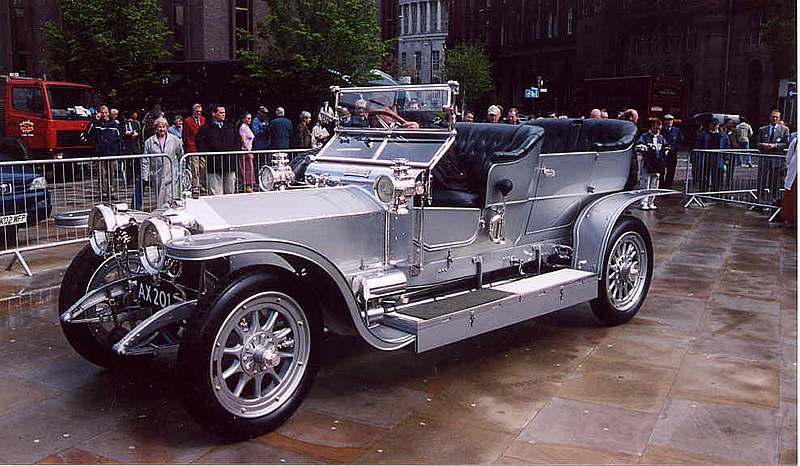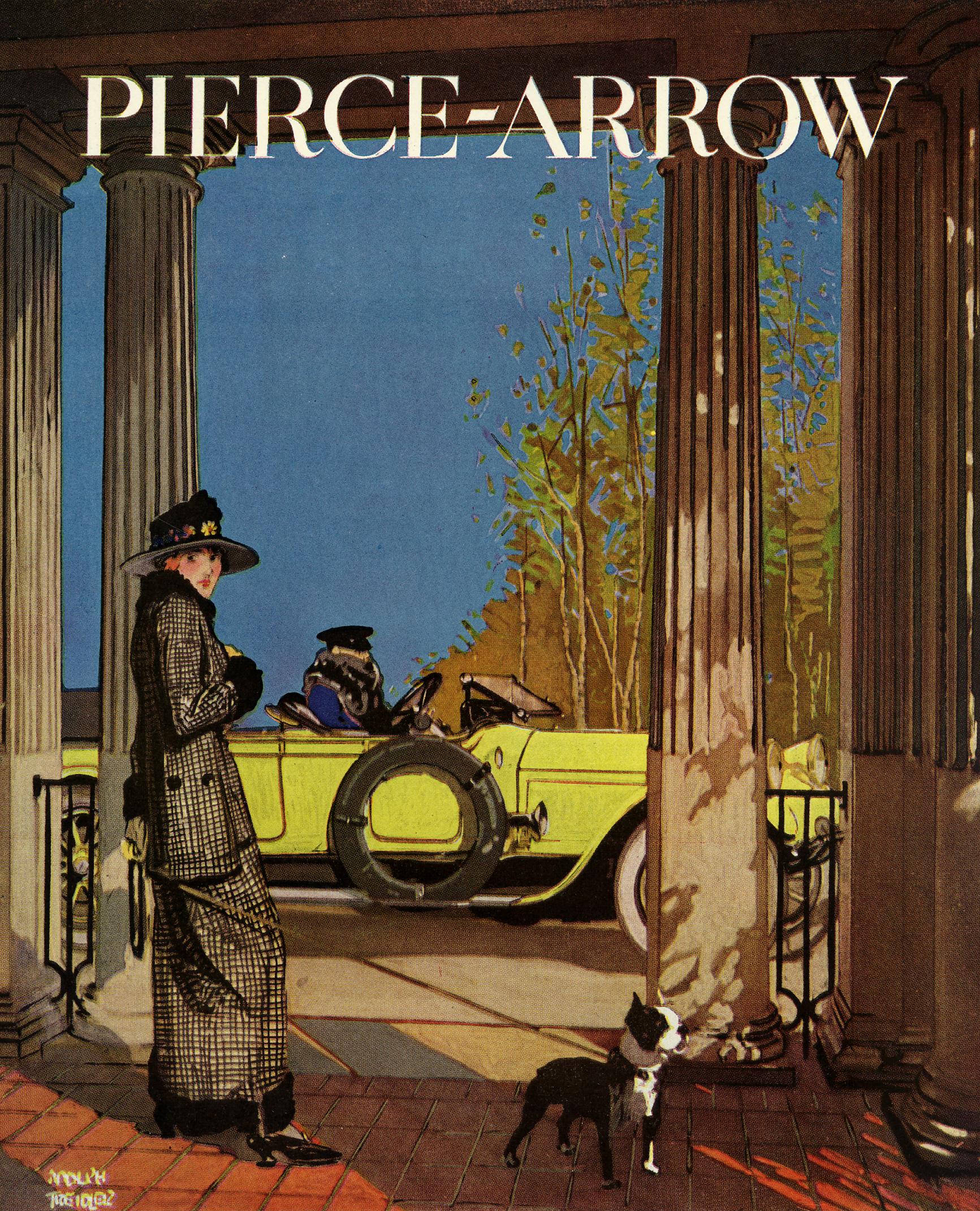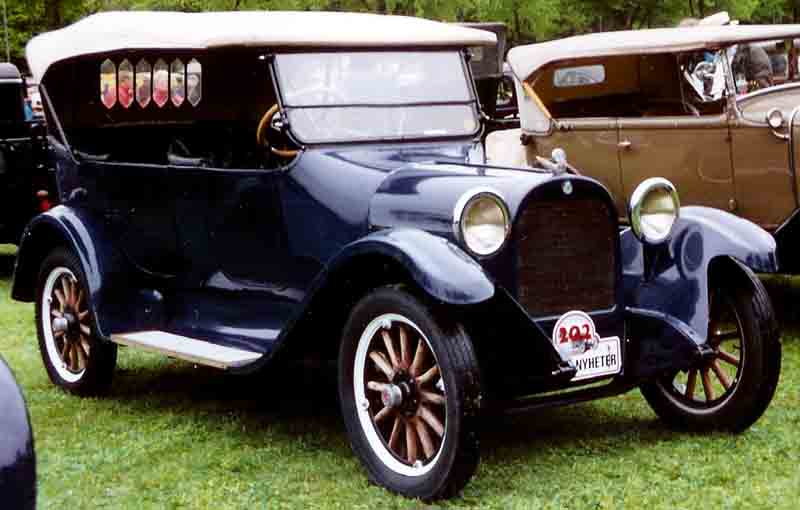Occasionally, I get the chance to go out of my comfort zone and write about something a little different so here, for your Monday delight is just that! This post is all about the motor cars of the 1920s as seen in the Great Gatsby and is brought to you in association with Adrian Flux.
So, the Great Gatsby. It's been in the media rather a lot lately for obvious reasons - namely the new film which I haven't seen. As a result, I avoided a very great deal of themed press releases and tie-ins. But I did go and see a stage production of it a few months ago at the wonderful Wilton's Music Hall - a semi-derelict Edwardian music hall in the East End. And I did read the book... when I was at school.
The Great Gatsby is set in New York in 1922, during that brief period of excess between the Great War and the Great Depression, two years after the introduction of prohibition. This small legal impediment preventing the sale of alcohol did very little to stop the Bright Young Things of the Twenties from having a right drunken old time partying.
I hard many criticisms of the Baz Luhrmann Gatsby film of yestermonth, many concerning the modern music/touches and superficial characters. The first people have evidently not seen a Luhrmann film before. The others have not read the book. It's entirely about superficiality, skin-deep beauty and material excess. But all that aside, one thing is for sure: all the cars that were brand-new back then are now genuine classics.
Here is a little bit of Gatsby-esque vehicular insight provided by our hosts, Adrian Flux. It's a fascinating read!
~
Vehicles of Delight and Destruction
In the story, cars are used to demonstrate the characters’ wealth and power, or lack thereof. Compare Gatsby’s ‘circus wagon’ to the ‘dust-covered wreck of a Ford’ that Myrtle’s husband has in his garage and we’re already establishing contrasts between plenty and poor.
But, cars don’t just represent social status; they’re also vehicles of destruction. After all, the narrative is punctuated by car accidents, from the drunken man’s crushed hand to the death of Tom’s mistress in the Valley of Ashes. In this way, Fitzgerald uses the power of cars to represent the carelessness of the main characters and their ability to damage the lives of those around them.
Gatsby’s Rolls-Royce
Whilst Fitzgerald is rarely specific about brands, he does tell us that Gatsby’s drives a yellow Rolls-Royce to match the yellow music of his famous parties. It must be a pretty large model too, as we are told that it ‘became an omnibus, bearing parties to and from the city’.
No doubt Fitzgerald was referring to the Rolls-Royce Silver Ghost. However, in Luhrmann’s version of events Gatsby drives a Duesenberg which, as a number of sources have pointed out, wasn’t manufactured until 1929 - seven years after the story takes place.
Unless you’re a classic car expert, this historical inaccuracy can be overlooked. The real problem here is that the Duesenberg doesn’t quite fit in with Gatsby’s character, or at least not in the same way the Rolls-Royce does.
Think of it this way: Jay Gatsby exists behind a European façade. Just as his house resembles a Hotel de Ville in Normandy, Gatsby is rumoured to be an Oxford man, with clothes flown in from England. His typically aristocratic term of endearment, ‘old sport,’ polishes of his old money disguise. Therefore, a Duesenberg doesn’t gel with his faux-European persona, but the Rolls-Royce works perfectly.
Tom and Daisy’s coupe
Tom and Daisy own a blue Pierce-Arrow Coupe. Although the make isn’t explicitly stated in the book, we’ve reach this assumption for a number of reasons. Firstly, Tom is skin-crawlingly xenophobic and wouldn’t want to own a foreign car.
Secondly, at the time, Pierce-Arrow’s Coupe were a status symbol favoured by politicians, royalty and film stars. President Taft ordered two, and they became the first official presidential cars when the 29th President of the United States, William G Harding, rode in one to his inauguration. Nick describes Tom as having ‘a supercilious manner’ so it’s easy to imagine that he’d want to lord around the road like a president.
Nick Carraway’s Dodge
Nick Carraway, our delicate narrator, lives far more modestly. His house is a ‘weather-beaten cardboard bungalow’ and instead of a livery of servants he has ‘a Finnish woman, who made my bed and cooked breakfast.’ Naturally, then, he drives ‘an old Dodge’.
Again Fitzgerald isn’t specific about the model of Nick’s car, but it’s likely that Nick owned a Dodge Model 30, the main competitor to Ford’s Model T. Oddly Nick describes the car as being old. In fact the first Dodge was only produced in late 1914, so even if it was one of the first models to be made, it would still only be just over seven years old, which is no age for a classic.
Be that as it may, cars are implicit to the characterisation of Fitzgerald’s main characters. Far from racing through the streets of New York like a twenties version of the Fast and Furious, Gatsby’s classic cars mobilise the narrative undertones and draw out Fitzgerald’s critical take on the wanton excesses of the age.
~
Fascinating, non? I do so enjoy a bit of literary criticism, even if part of me wonders whether Fitzgerald (or any author) really did put so many hidden themes in there...
I leave you with some photos from when I saw Gatsby at Wilton's... till next time!
Fun things at The Great Gatsby at Wiltons
Fleur xx
DiaryofaVintageGirl.com








0 comments:
Post a Comment